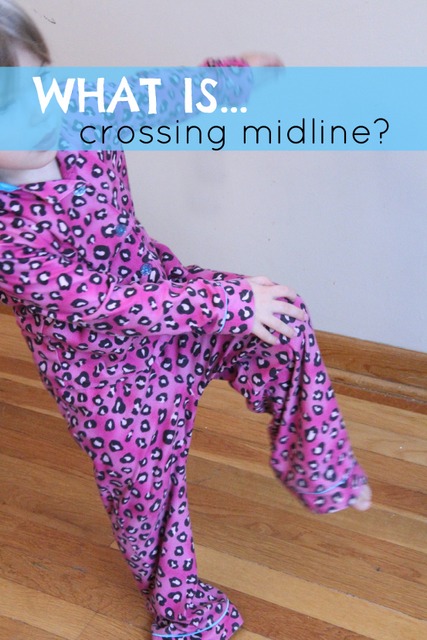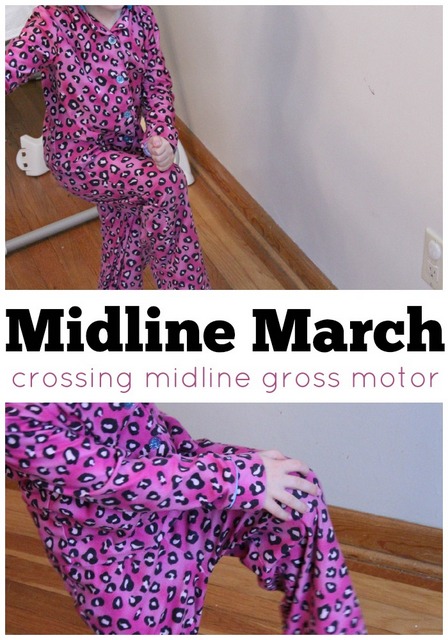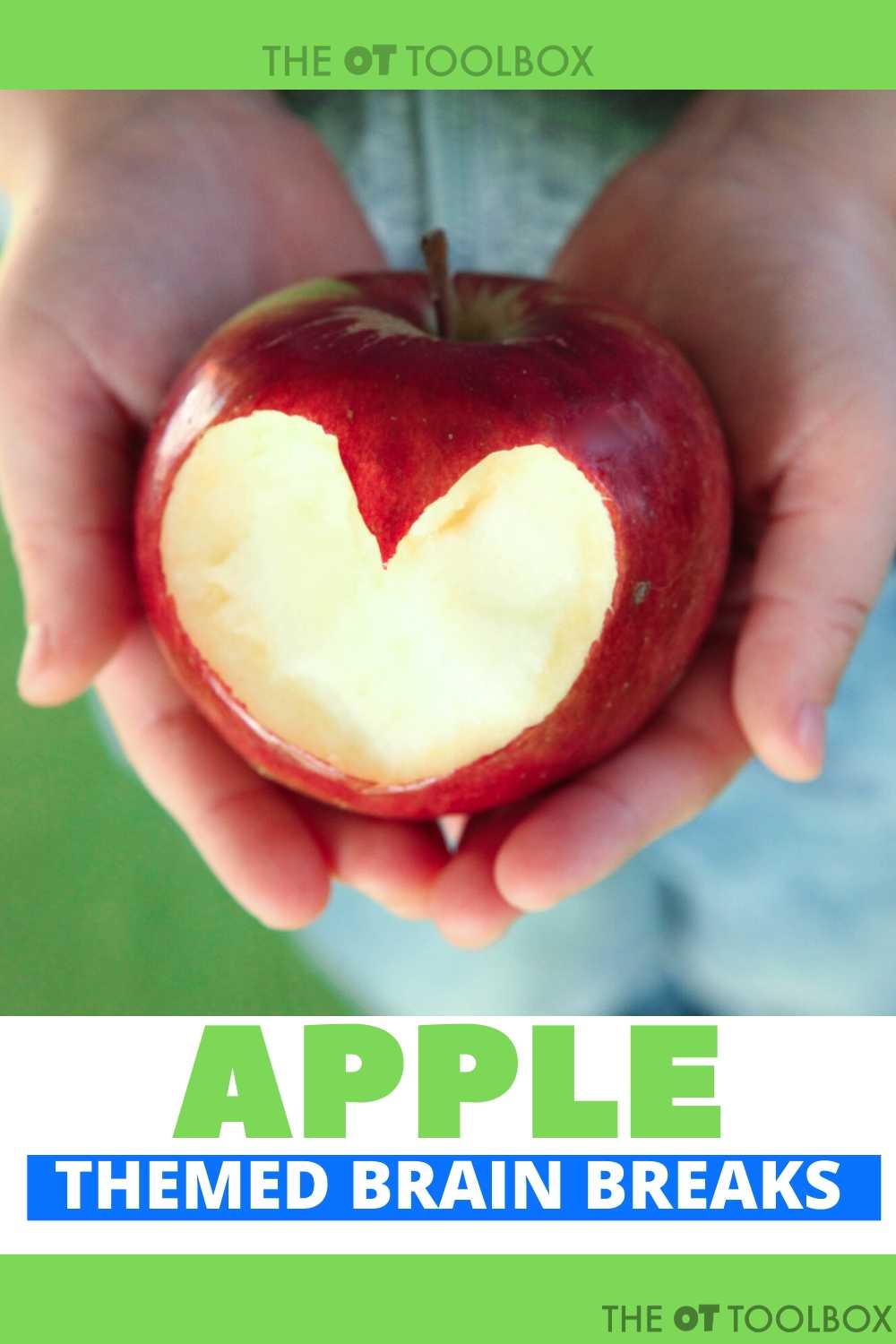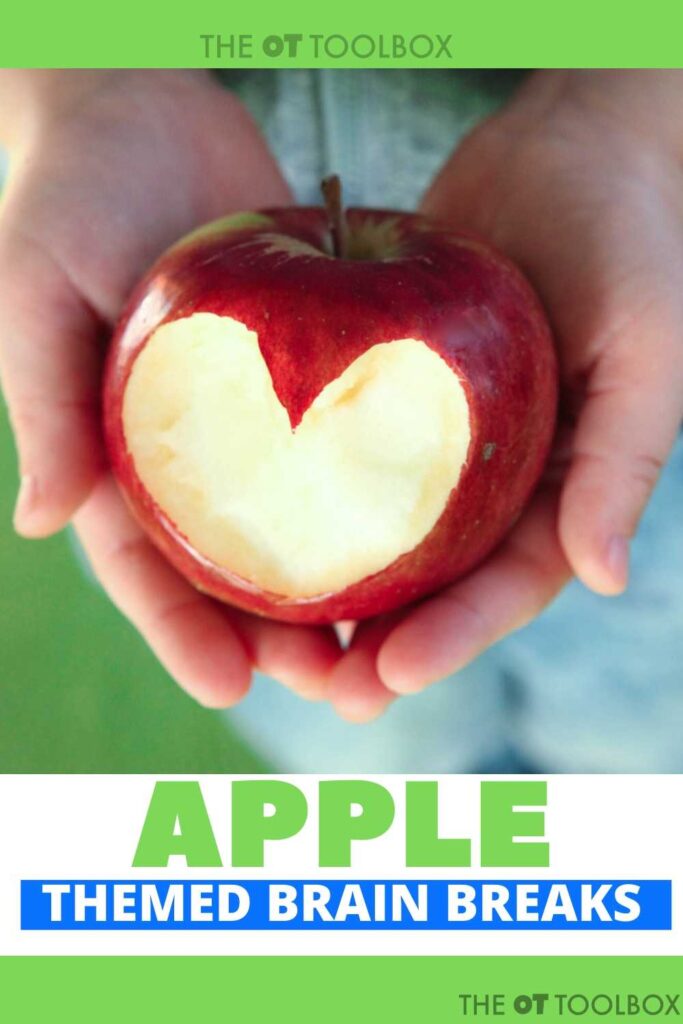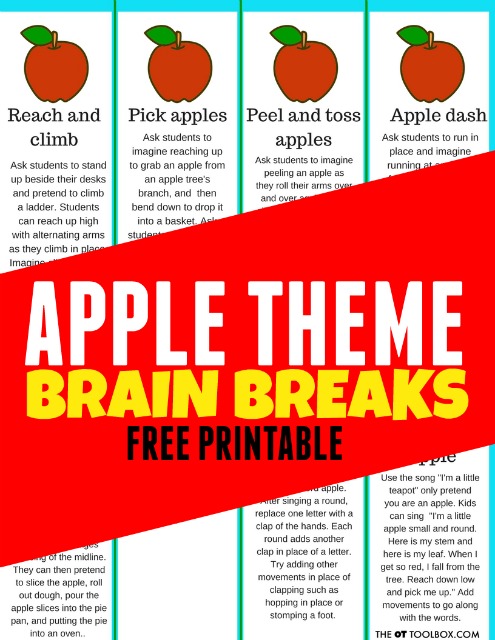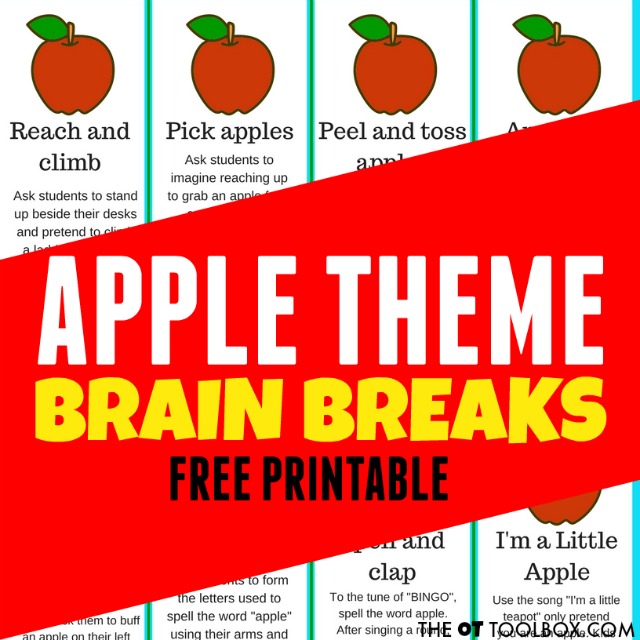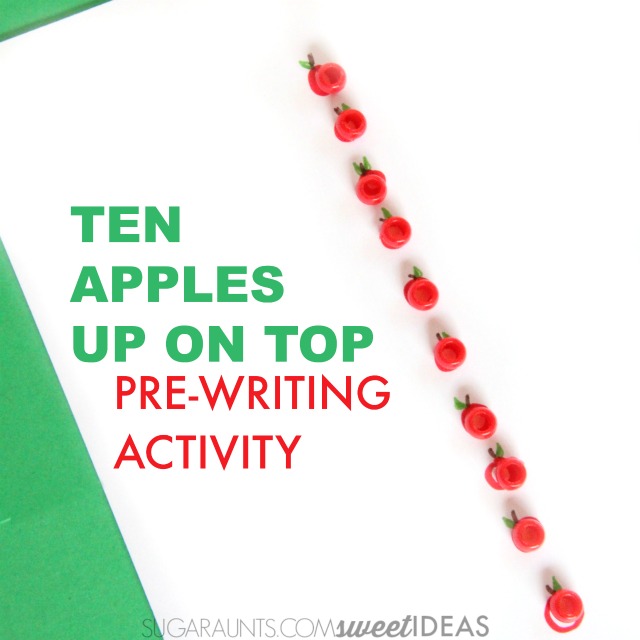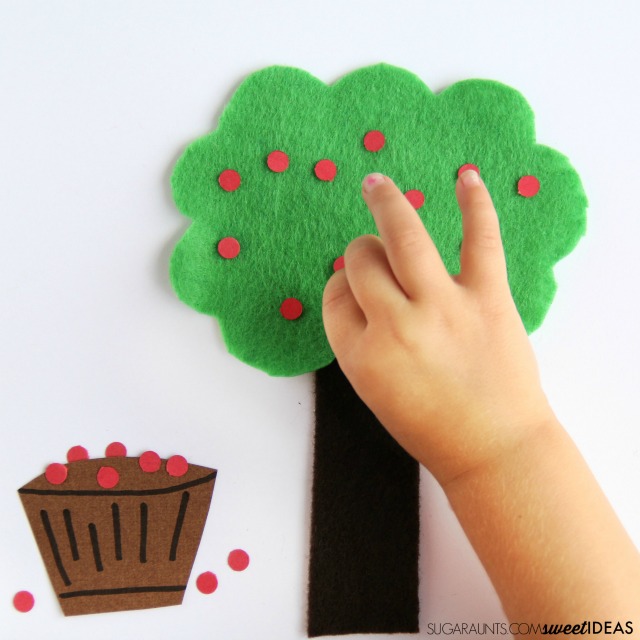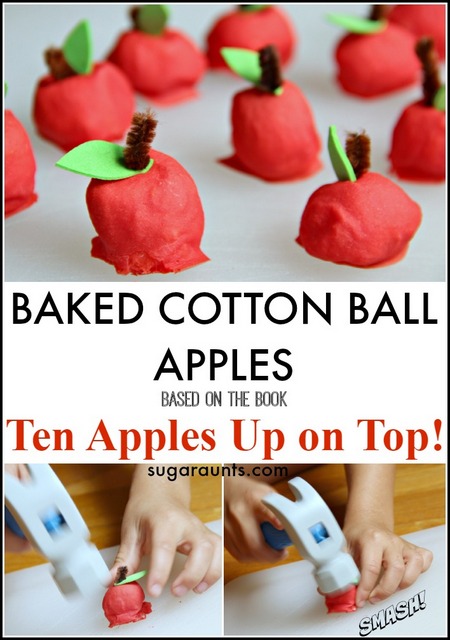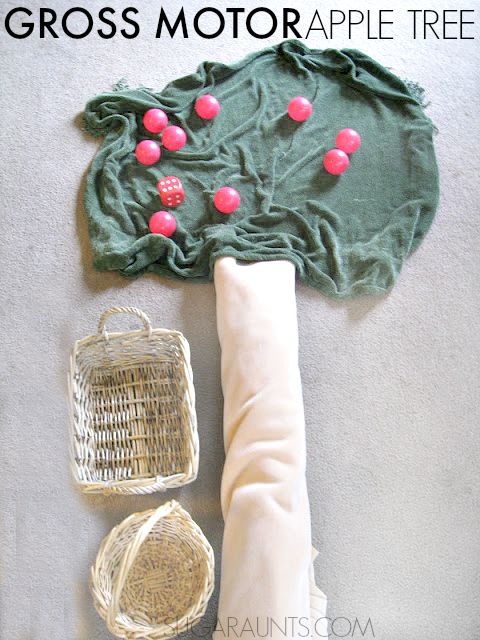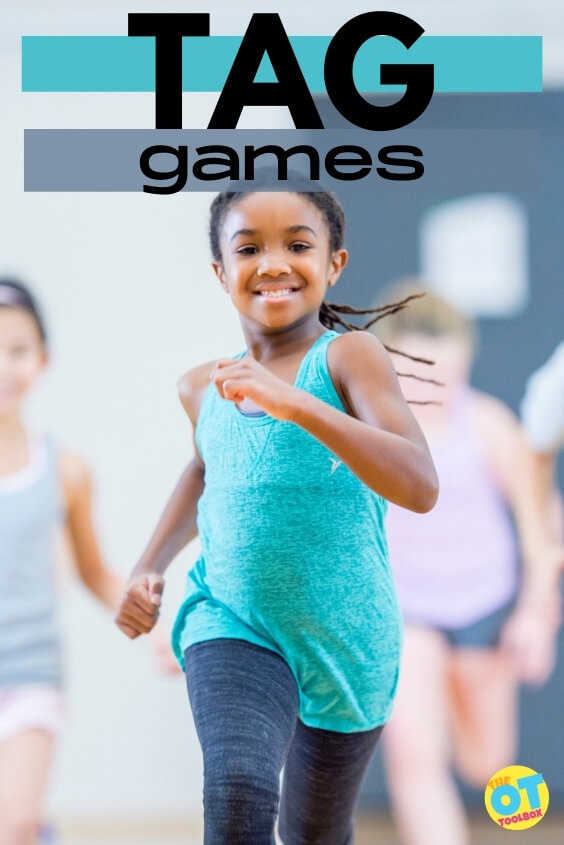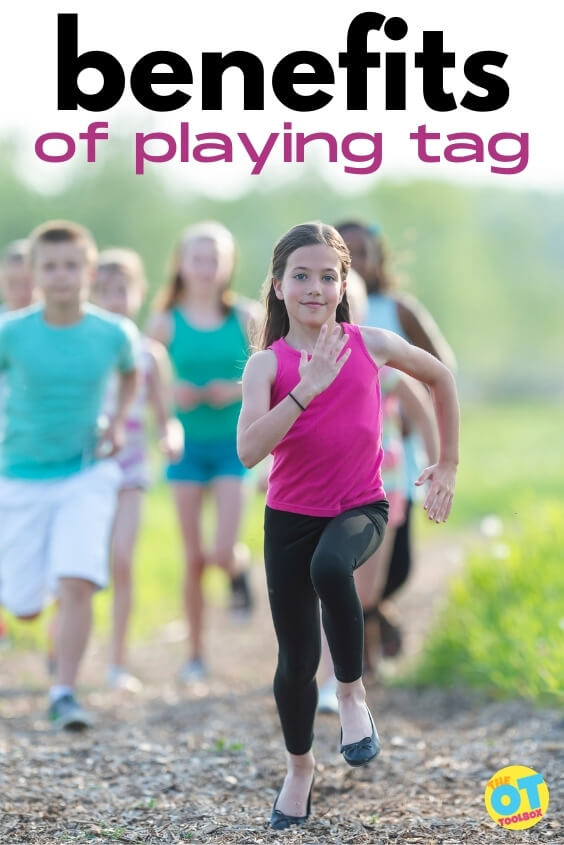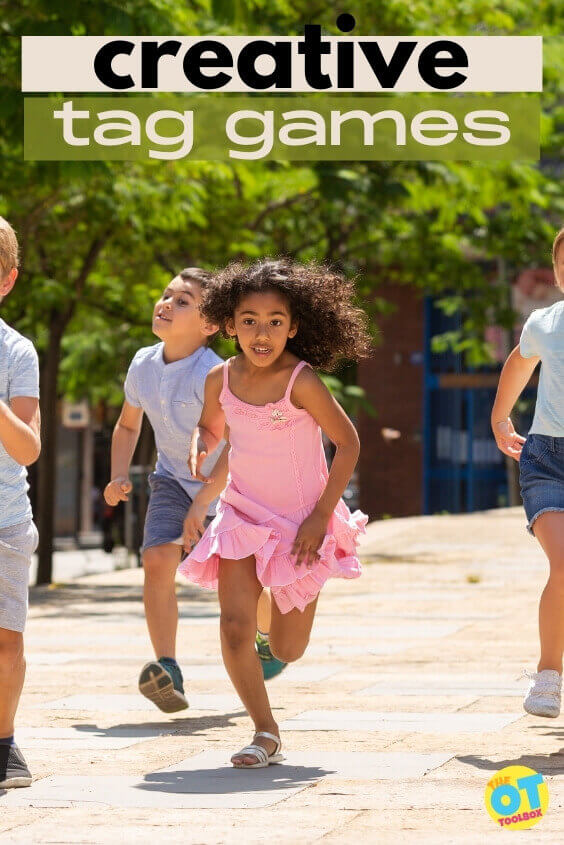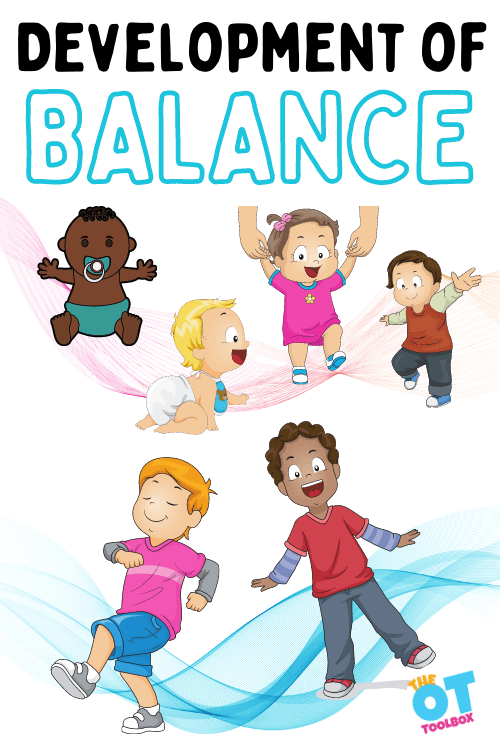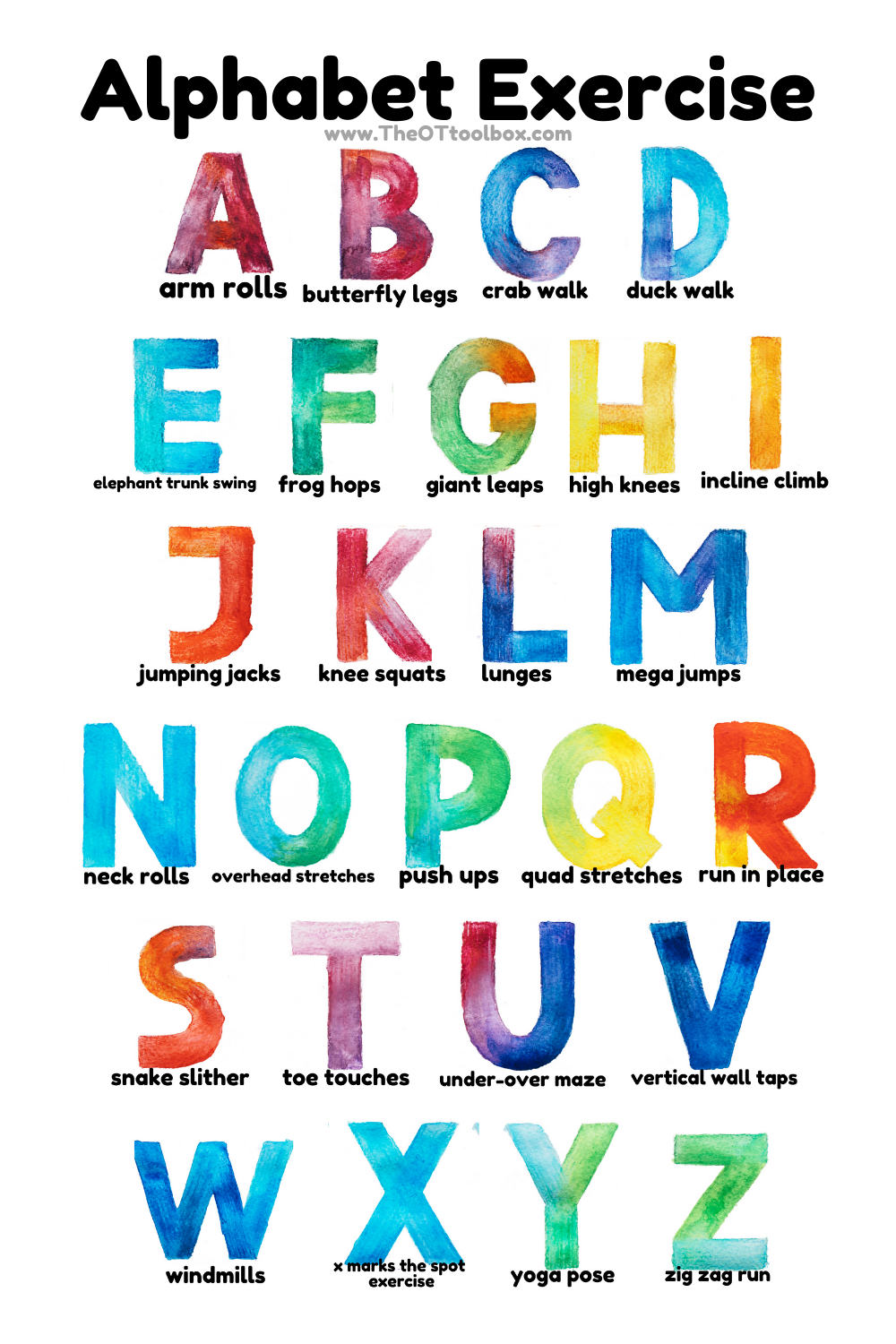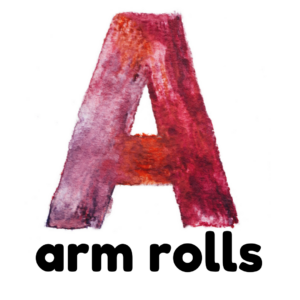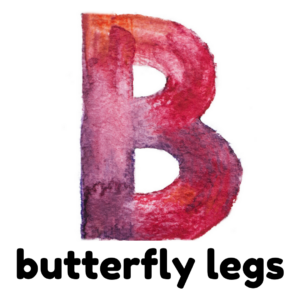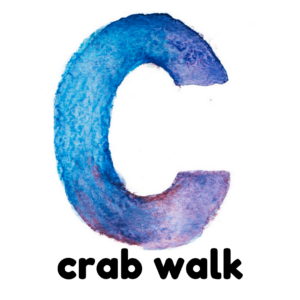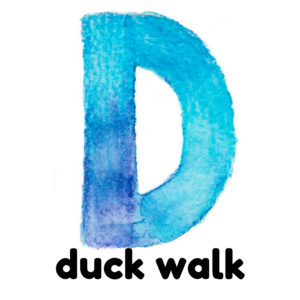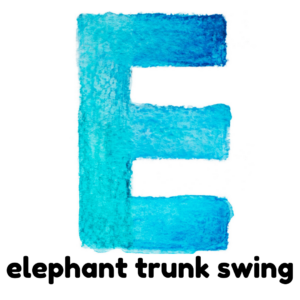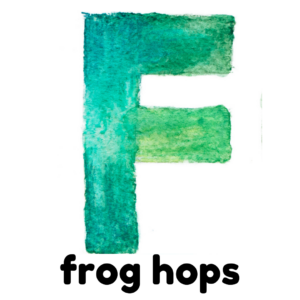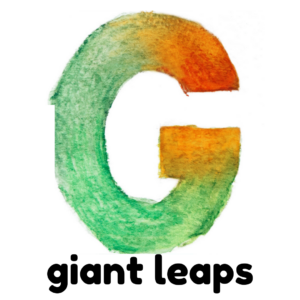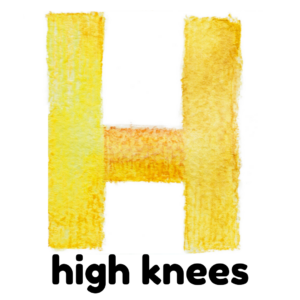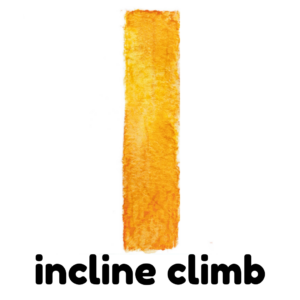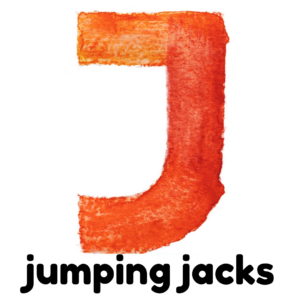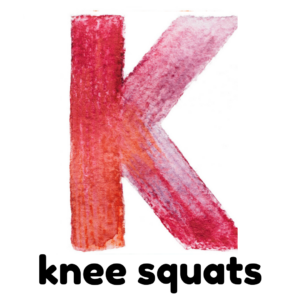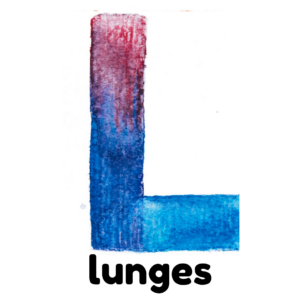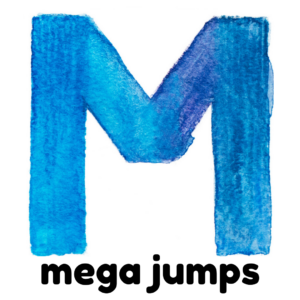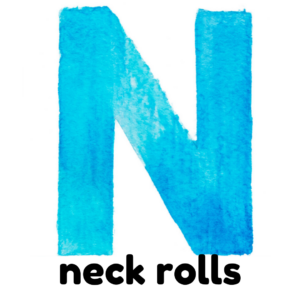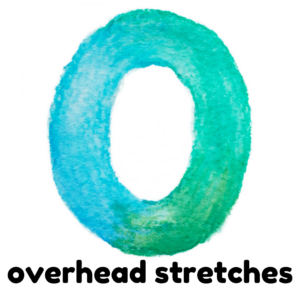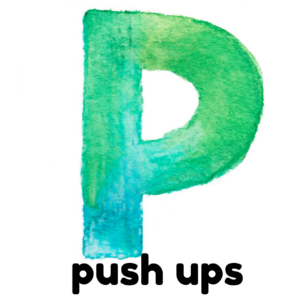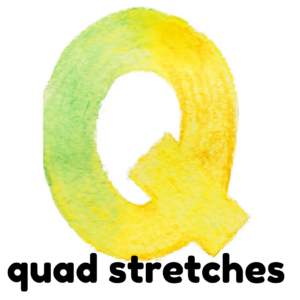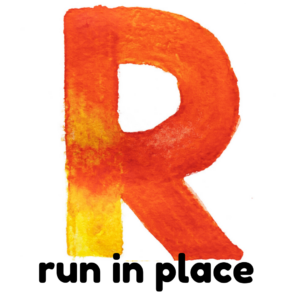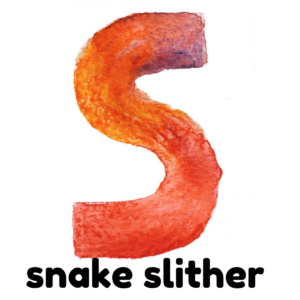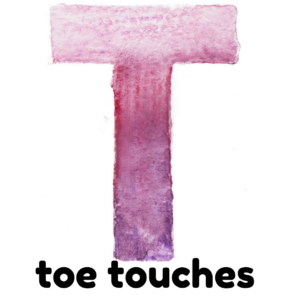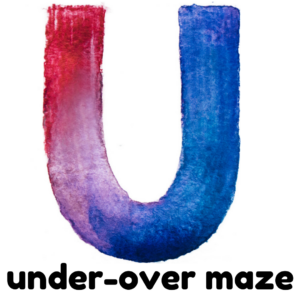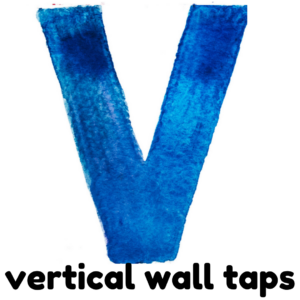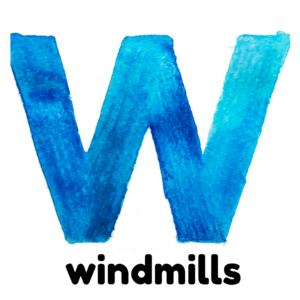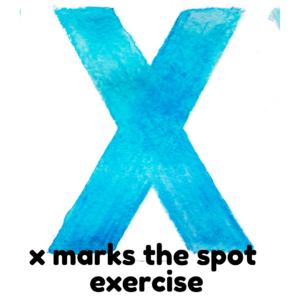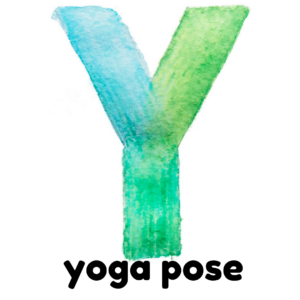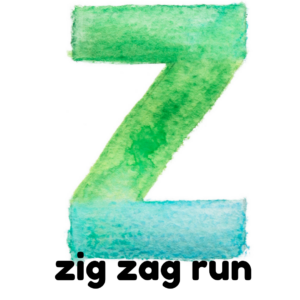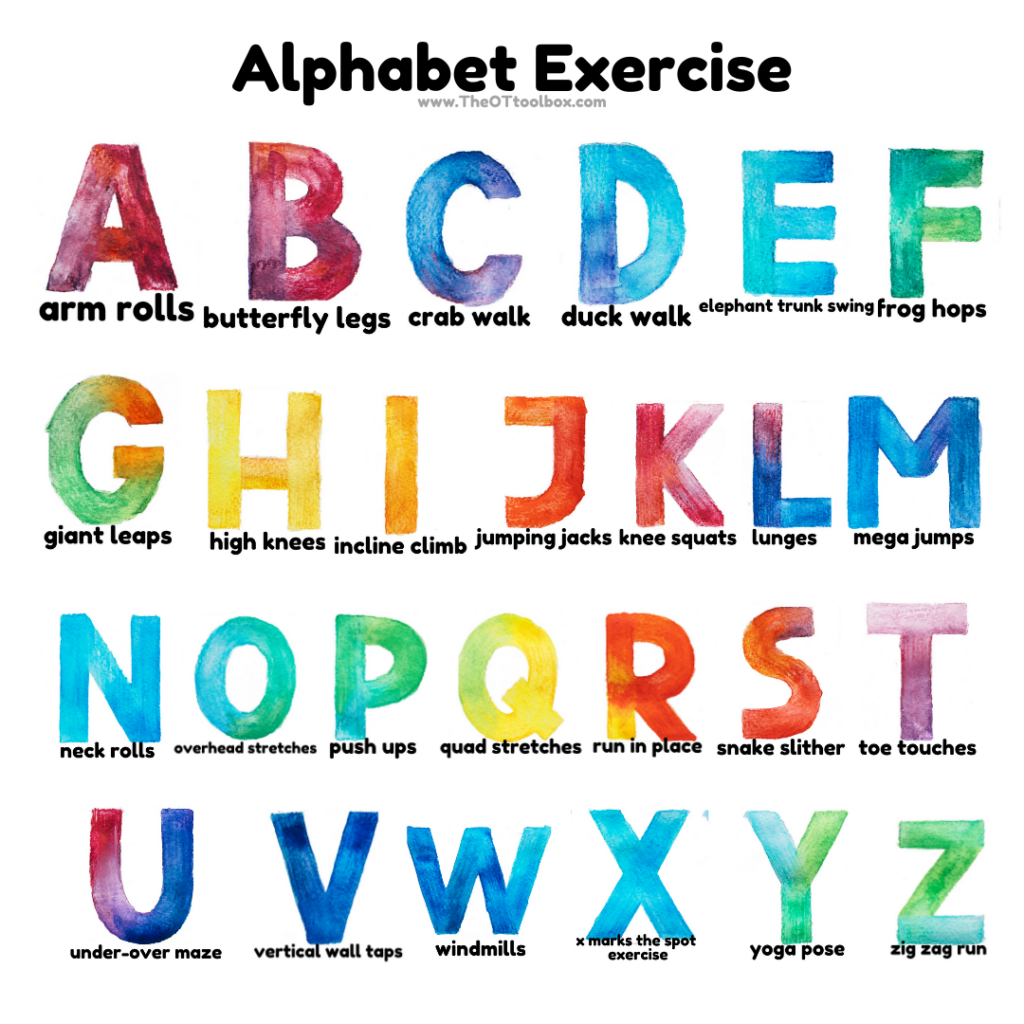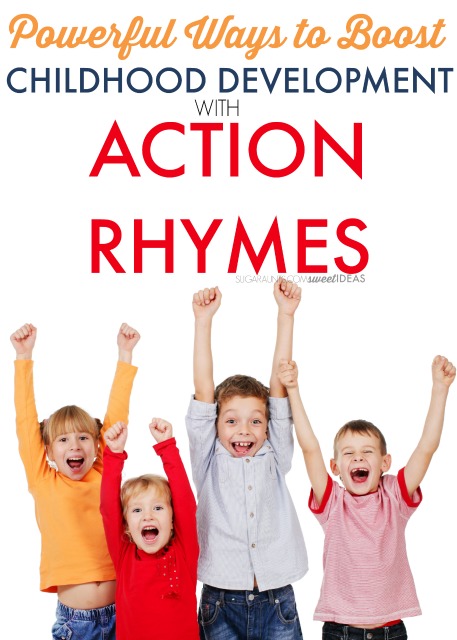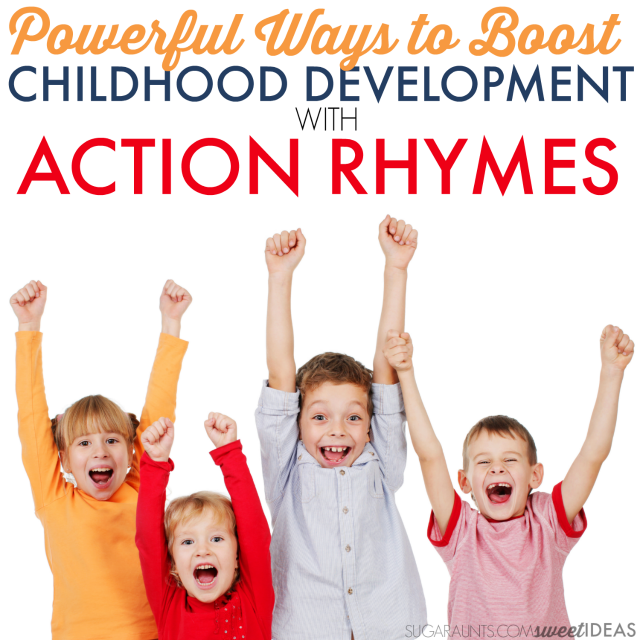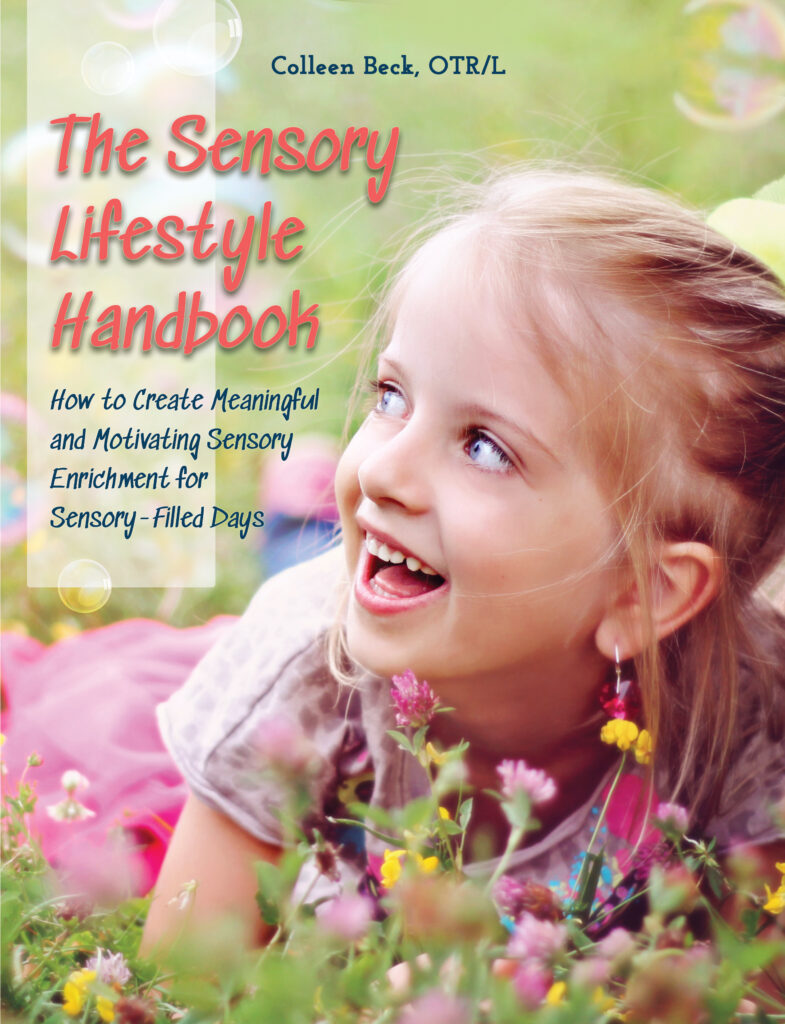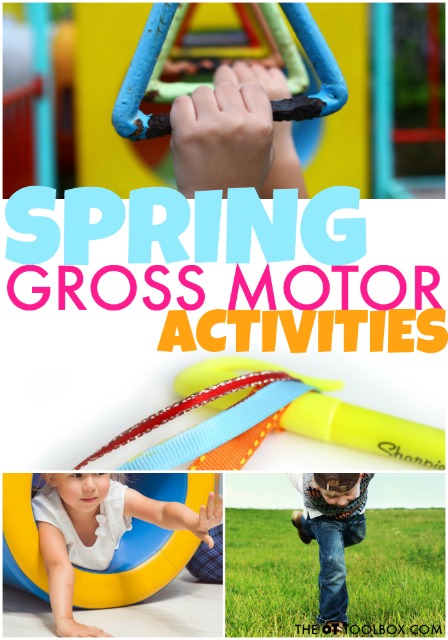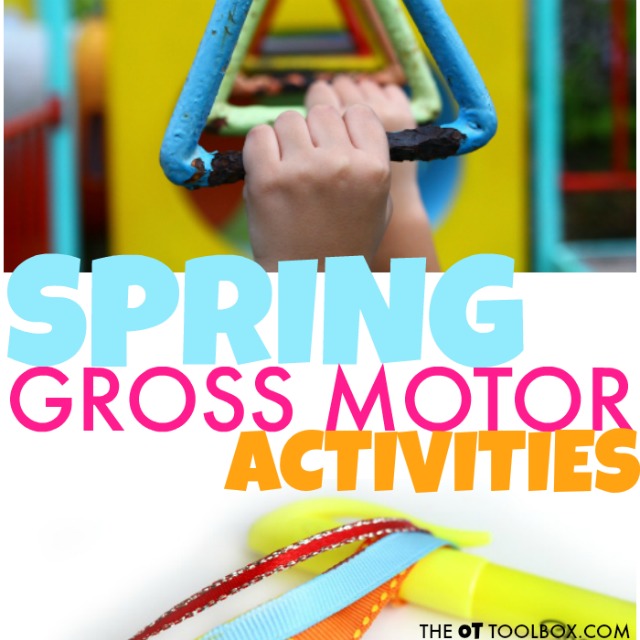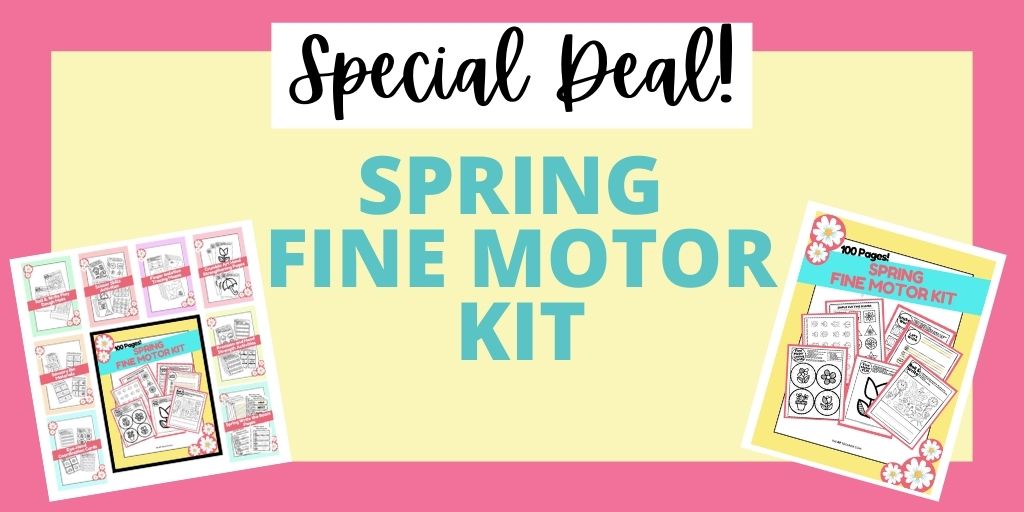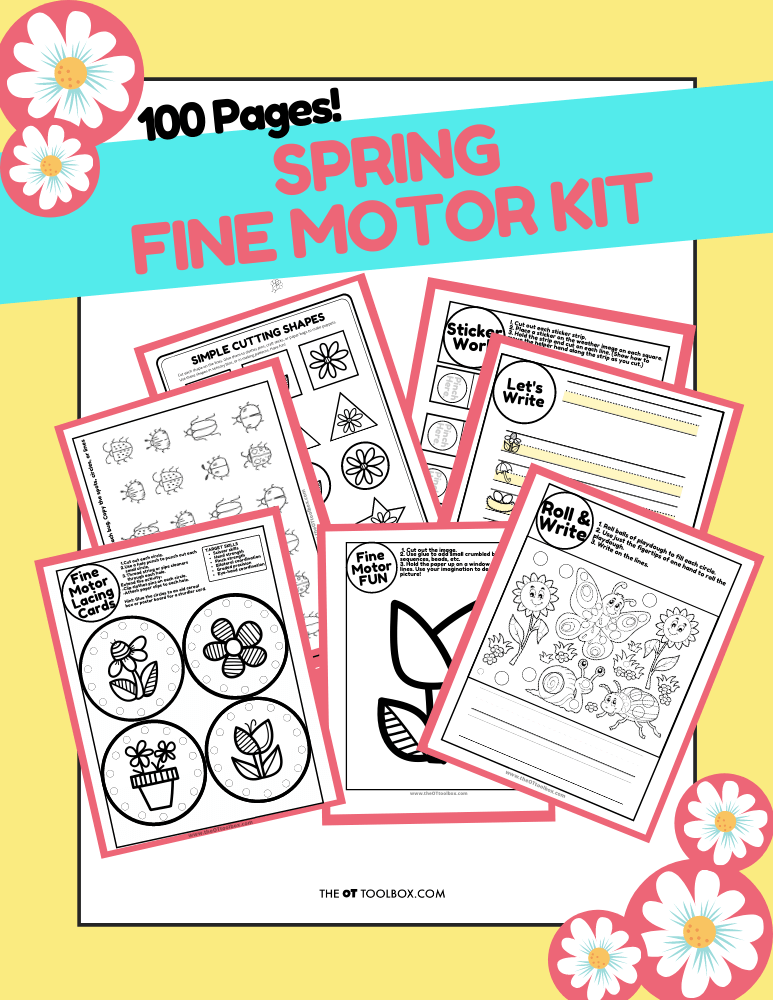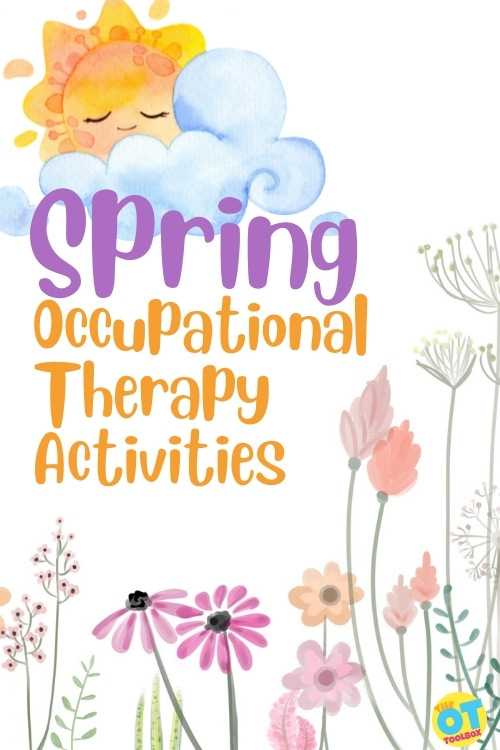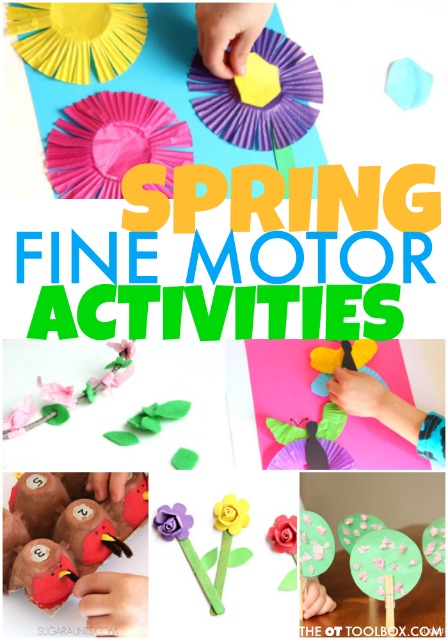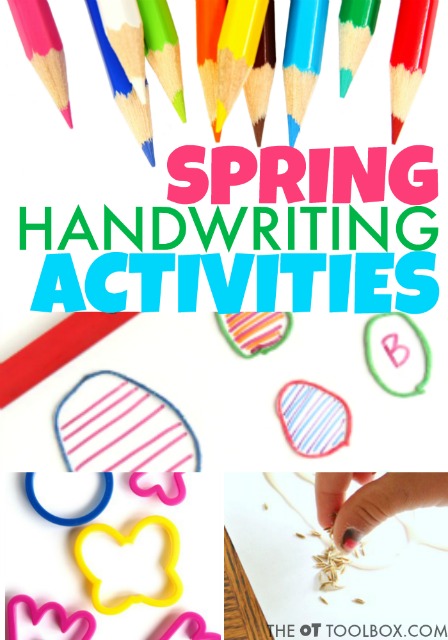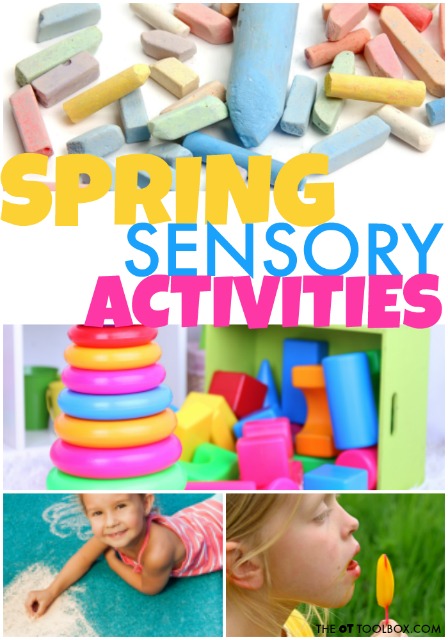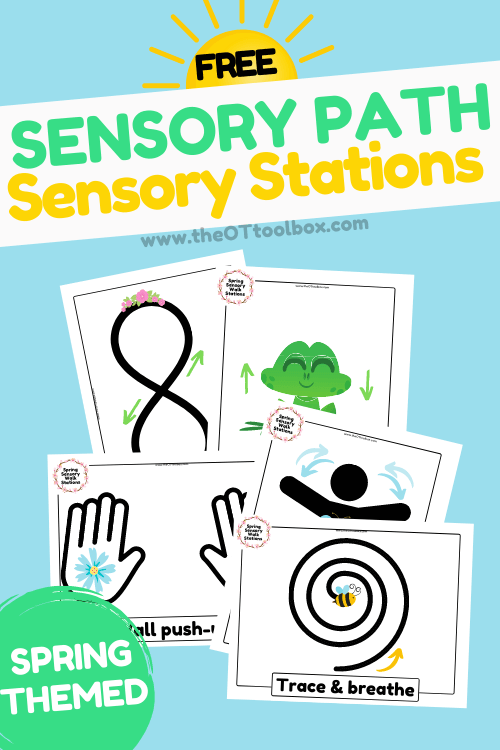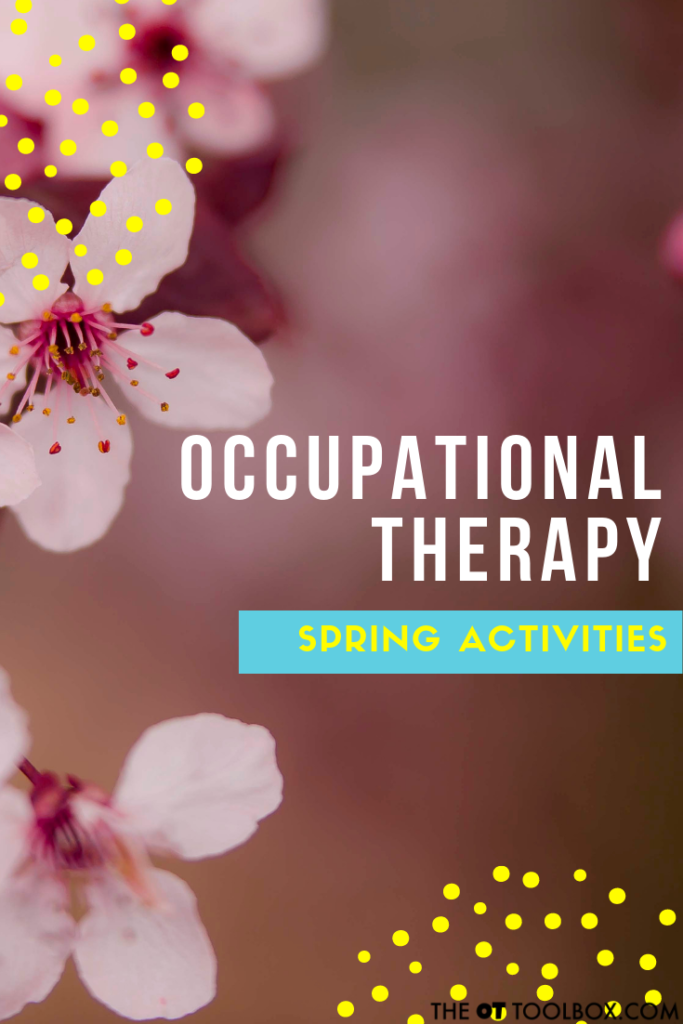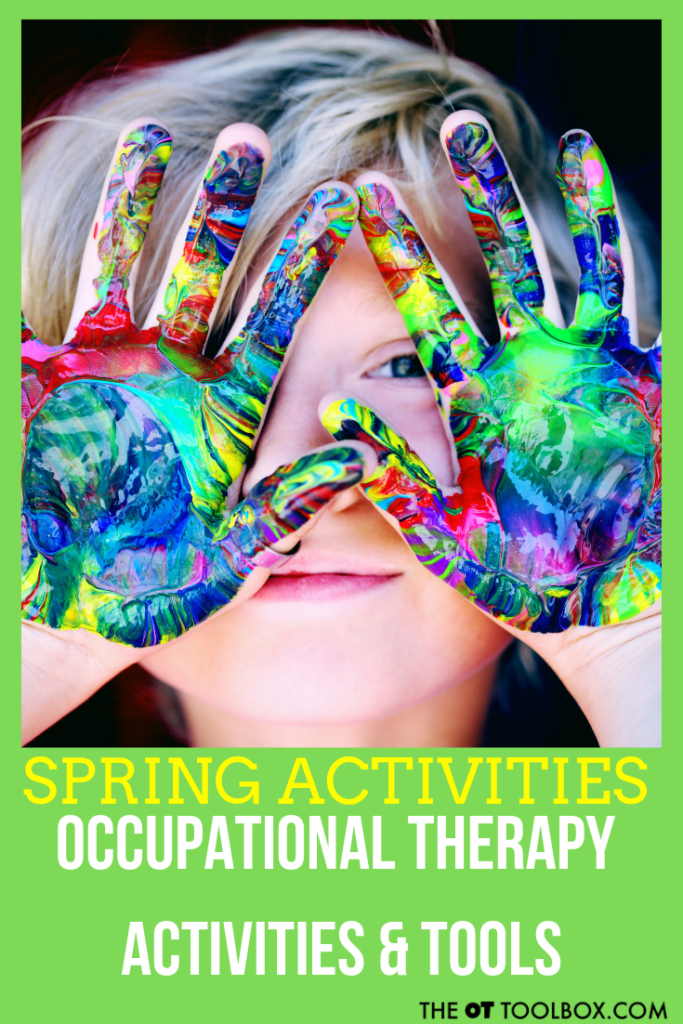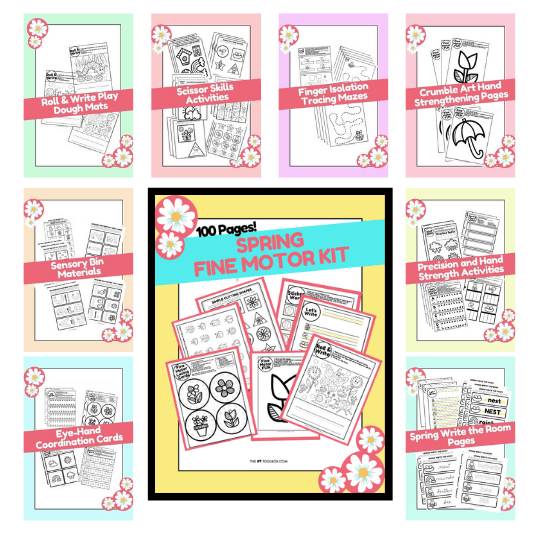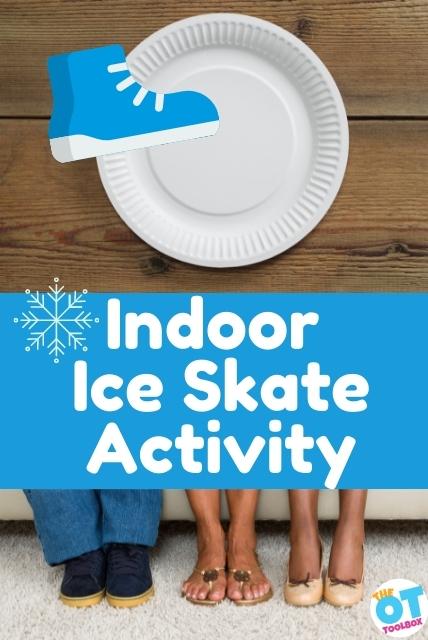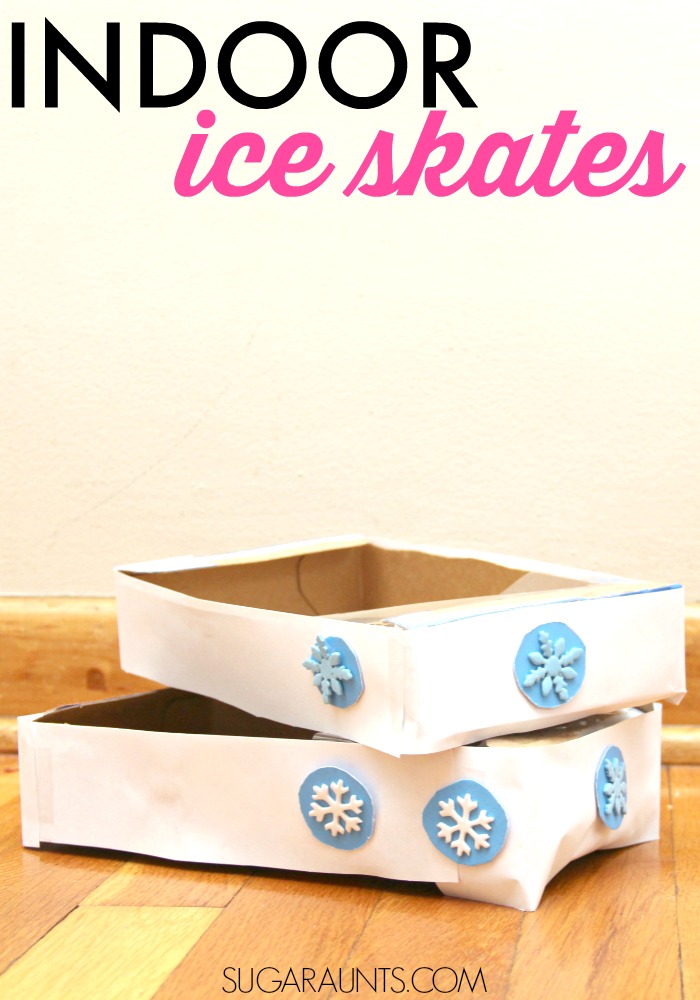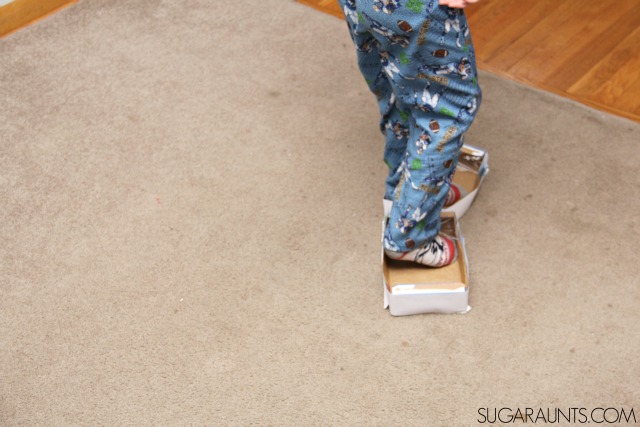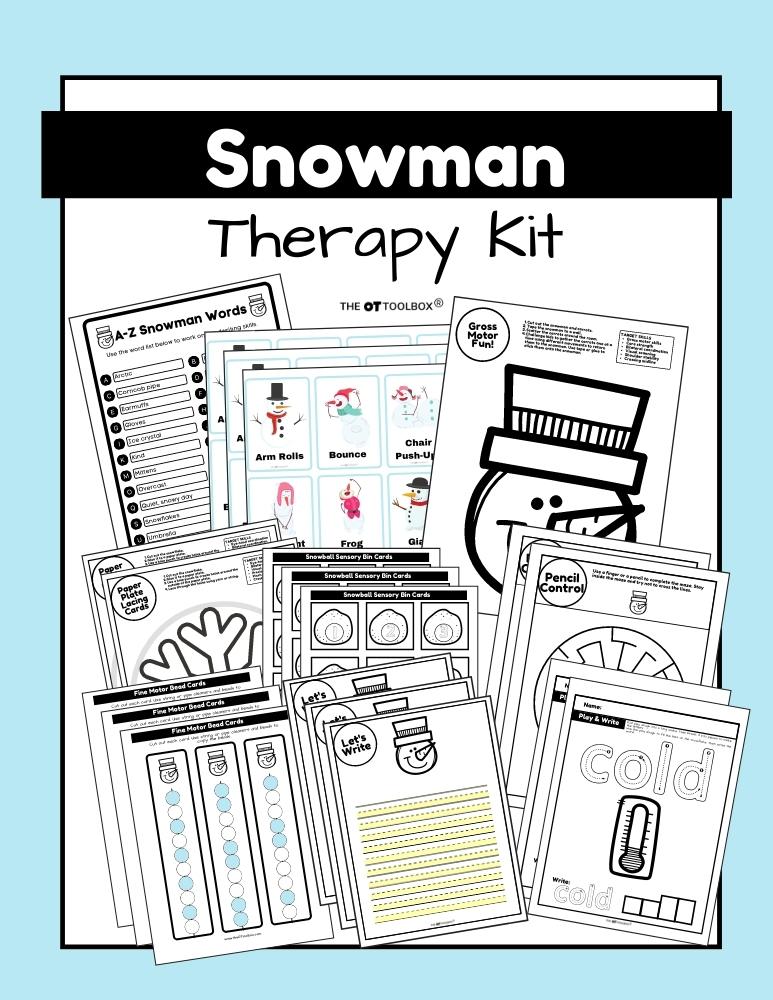In this blog post, we are covering all things crossing midline activities…but what is crossing midline?? We’ll get into that too, as well as some fun ways to develop midline crossing skills and specific exercises that kids (and all ages) can do to support development of this motor skills task that is huge in the way of gross motor coordination.
Crossing midline is one of those motor skills we do constantly throughout the day, but never really give a second thought. And that automaticity of motor movements is a good thing, too! Imagine processing the action to use one hand to pull a door open. Imagine the time it would take to shower, dress, put on and tie your shoes if you had to process through the action to move your hands fluidly across the middle line of your body.
As therapists, we hear “crossing the midline” all the time. Have you ever wondered what the big deal is? Why is crossing the midline so important? In this post we will delve into what crossing the midline is, what causes issues, and how it impacts daily function, especially schoolwork.
Before we get started, if you are doubting the validity of crossing the midline, tie one hand behind your back and go about your day. How much did you reach across your body to get something? You reached across, diagonal, up and down to interact with your environment. While a two-handed person does not do this much crossing the midline, there is still a fair amount.
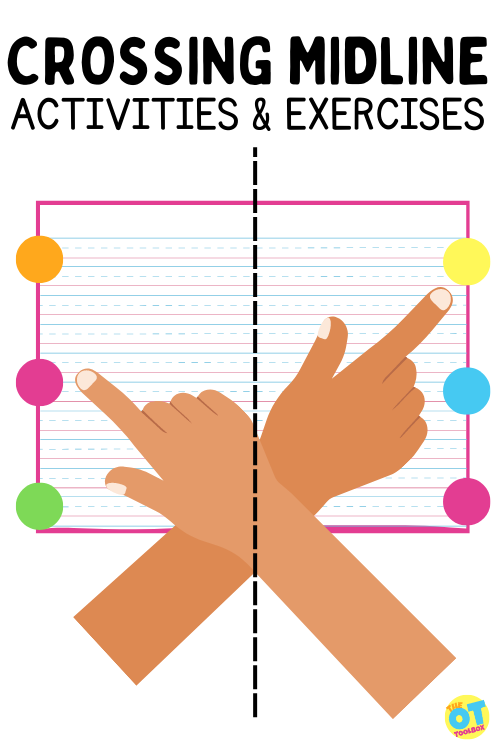
What is Crossing Midline?
Crossing midline refers to moving the body (hand/arm/foot/leg across an imaginary line that runs vertically down the center of the body to the other side (and vise versa). Additionally, crossing midline also refers to twisting the body in rotation around this imaginary line, as well as leaning the upper or body across the middle of the body.
Let’s break it down further:
Midline of the body is an imaginary line that drops from the middle of the head, straight down over the nose, to the belly button and divides the body into left and right sides. Imagine a line that starts at the middle part of your hair and runs straight down your forehead and ends at the core of your abdomen. This imaginary line effectively divides your body into a symmetrical (mostly) left side and a right side.
“Crossing the midline” is a simplified way to indicate that part of the body moves over that imaginary line. This can look like 3 different aspects of movement:
- Reaching an arm/hand or foot/leg across the middle of the body to the other side of the body (Example: Reaching the right arm across the body for an object placed on a table to the left side)
- Rotating the body around the midline in a rotary motion in order to twist at the hips. This can look like putting your hands on your hips and rotating your upper body around at the abdomen (Example: reaching for a seatbelt involves reaching the hand and arm across the midline but it also involves twisting at the hips)
- Leaning the upper body over the middle line as in doing a side crunch. The head and shoulders move over the middle of the body (Example: Bending sideways at the waist while getting dressed or reaching while sitting for an object that’s fallen to the floor)
Crossing the midline is a motor skill that requires using both hands together in a coordinated manner (bilateral hand coordination) allows kids to cross midline during tasks. This bilateral coordination ability is deeply connected to crossing midline.
Why is Crossing Midline Important?
Midline crossing is a developmental ability that is important for so many fine motor and gross motor tasks. This relates to functional skills in a major way. When a child has difficulty with crossing midline, they will demonstrate challenges in practically every functional task.
When a child does efficiently cross the midline, they can use their dominant hand in skilled tasks. They develop a dominant hand and the other extremity becomes the assisting hand. They can manipulate objects in the world around them through all planes. They can demonstrate sensory integration by motor skills with vestibular, proprioceptive, and visual input.
In particular, crossing the midline offers vestibular input. Moving the head from center plane shifts position of the inner ears. When bending, twisting, and moving from center, the vestibular system is at work.
When the child does not cross the midline, they tend to use both hands equally in tasks like handwriting, coloring, and cutting with scissors. They may demonstrate awkward movements by moving the body to position itself so they don’t need to cross the middle line.
Challenges with this motor skill impact learning, social skills, play, and self-care.
In particular, we might notice sensory motor challenges at different age levels. For example, for children aged 3-5, we might see specific midline red flags that impact learning and play. We cover this specific age group in our blog post on Crossing Midline Activities for Preschoolers.

Crossing Midline Occupational Therapy Asessments
Occupational therapists perform individualized evaluations and assessments of underlying skills as they impact functional performance in every day tasks. Because of this, crossing midline is an essential skill that will be observed and looked for in every OT evaluation.
Occupational therapists can complete a standardized evaluation, but most often, their skilled abilities will enable them to identify when crossing midline is a problem through play and interaction during the evaluation process.
When you are watching for midline crossing, you should observe kids playing in normal situations. A child will demonstrate a tendency to avoid crossing midline in activities or tasks, but if “set up” to cross the midline (i.e. setting items to the left of the body and asking them to reach over the midline with their right hand), they will typically be able to complete the requested movement pattern, but not carry over the action in a normal situation.
If they have difficulty with crossing midline, a child will switch hands during handwriting because both hands get practice with pencil manipulation.
The child might rotate their whole body instead of twisting at the trunk or shift their weight in a task rather than leaning the upper body over the midline.
You can often times observe a tendency to avoid midline crossing in activities such as kicking a ball, throwing beanbags, switching hands in coloring, difficulty with putting on pants and shoes independently, and difficulty with visual tracking and reading.
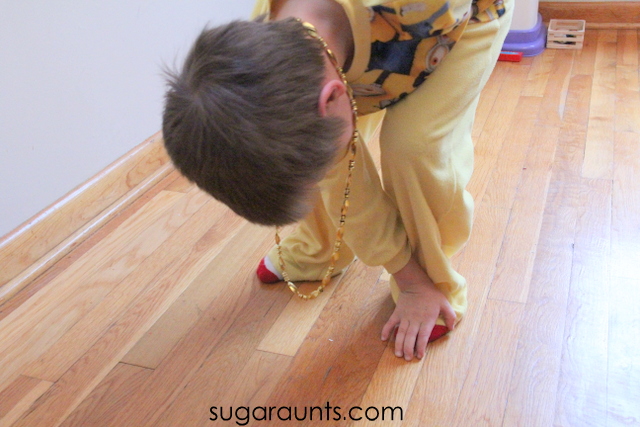
Crossing Midline Activities
So, what do you do when crossing the midline is an issue? There are many ways to support the development of this skill.
The ideas listed below are fun ways to play and develop motor skills by crossing midline, however they have a sensory component too.
We mentioned above the aspect of vestibular input and proprioceptive input that occurs in crossing the midline. These midline activities have those sensory motor considerations through play.
- Rotate the body in a twisting motion.
- Bend the upper body side to side.
- Play Simon Says. Use these therapy Simon Says commands to get you started.
- Play hand clapping games
- Thread lids on a long string – Position string and beads or lids at different placements to encourage crossing the midline.
- Wash a large wall with big swooping arm motions.
- Erase a large chalkboard.
- Scoop balloons in a water bin.
- Wash a car. Encourage the child to use large circular motions with the sponge.
- Kick a ball.
- Yoga
- Dinosaur Gross Motor Game
- Brain Gym Bilateral Coordination activities
- Toss bean bags -Encourage upper body movement! Bend through the legs, turn sideways, reach back behind you, rotate side to side…encourage vestibular input by bending and rotating.
- Squirt gun activities at targets.
- Play with magnets on the garage door.
- Play Twister.
- Slow motion cartwheels- Place both hands on the floor to the side, kick legs over. By doing the cartwheel in slow motion, the body is forced to move sequentially, adding midline crossing at the trunk.
- Hit a ball with a bat.
- Use pool noodles to hit a ball- think hockey and hitting the ball into a target on the floor
- Play catch with rolled socks- Use a bucket or bin to catch the rolled socks. They will fly high, low, left, and right!
- Play flashlight tag.
- Catch lighting bugs or butterflies.
- Show the child how to write their name in the air with large arm movements.
- Bend over at the waist and swing the arm side to side, in large circles, and in figure 8 motions.
- Play with scarves to music.
- Move a ribbon wand to music.
Crossing the Midline Exercises
I love this crossing midline exercise below, because it has a ton of different movement options with one fun activity.
We had fun one winter day with a few crossing the midline exercises, including marching, crossing arms over, and stomping out some wiggles.
Our midline march activity was a marching parade with “Stop Stations”. We marched along to music and when I turned off the sound, the kids had to do a midline exercise.
The midline exercises included:
- Place left hand on right knee
- Place right hand on left knee
- Stand and bend to touch the opposite foot
- Standing and place right elbow on left knee
- Standing and place left elbow on right knee
- Crunches with touching right elbow to left knee
- Crunches with touching left elbow to right knee
- Cherry picker crunches- lay on the back slightly bent forward at the hips so the upper body is off the ground. Move a ball or small toy from the right side to the left side.
Because we were doing these midline exercises to music that quickly stopped and started, the thought process was quick. The kids had to quickly complete the exercise without much forethought.
This quick start and stop activity allowed them to practice crossing midline without over-thinking about the action.
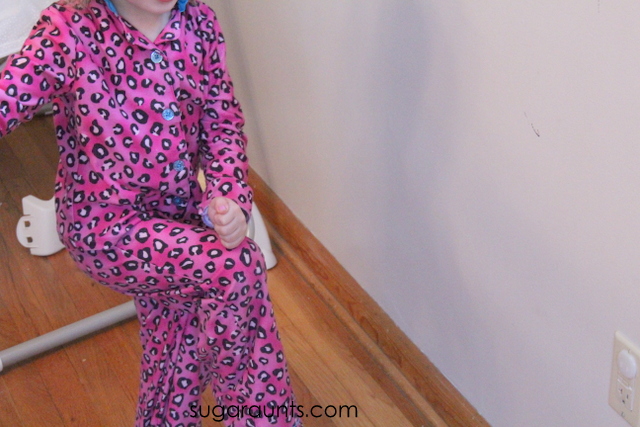
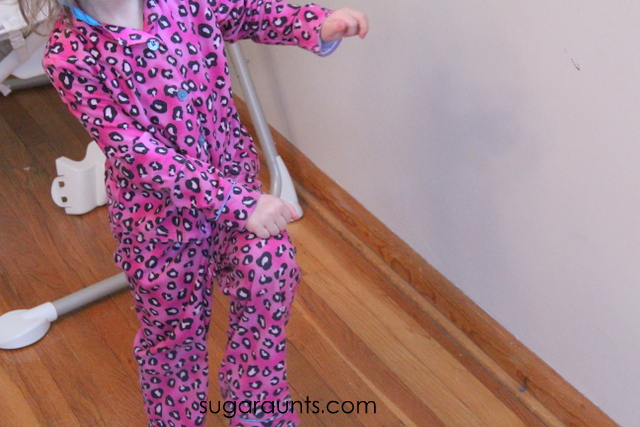
Fine Motor Crossing Midline Exercises
Crossing the midline can be done on a small scale, too. This activity is similar to the midline marching activity described above, but it uses paper, pencil, and small colored dots such as stickers or a small circle drawn with markers.
- Draw dots on the left margin of a paper using colored markers or colored stickers. There should be one of each color going down the left margin.
- Draw dots using the same colors going down the right margin. Use each color only once.
- Turn on music. The student can draw to music on the center of the page using their pencil or markers.
- Turn off the music. When the music stops, call out a direction: “Left hand, yellow!” The student should put down their marker and touch the yellow dot on the right margin using their left hand.
- Turn on the music to draw again and repeat.
This activity is similar to the gross motor midline exercise because it requires the child to think on the spot. They have to listen to several instructions, but also process the motor skills and cross the midline automatically.
You can adjust this activity by numbering the dots, using less colors, or less dots, and reducing the amount of instructions. This activity can be used with any level by grading the activity.
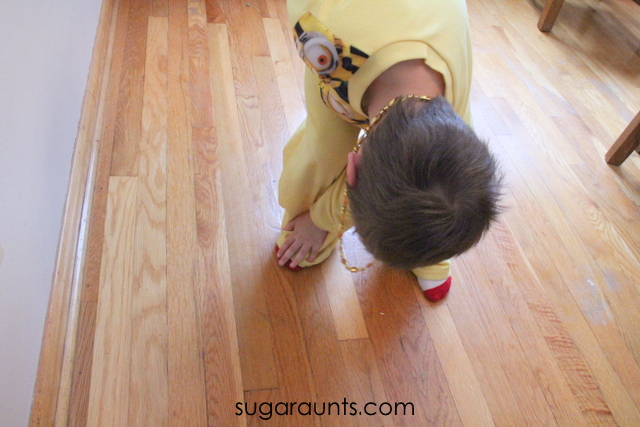
This post is part of the Gross Motor A-Z series hosted by Still Playing School. You can see all of the gross motor activities here.

Colleen Beck, OTR/L has been an occupational therapist since 2000, working in school-based, hand therapy, outpatient peds, EI, and SNF. Colleen created The OT Toolbox to inspire therapists, teachers, and parents with easy and fun tools to help children thrive. Read her story about going from an OT making $3/hour (after paying for kids’ childcare) to a full-time OT resource creator for millions of readers. Want to collaborate? Send an email to contact@theottoolbox.com.


